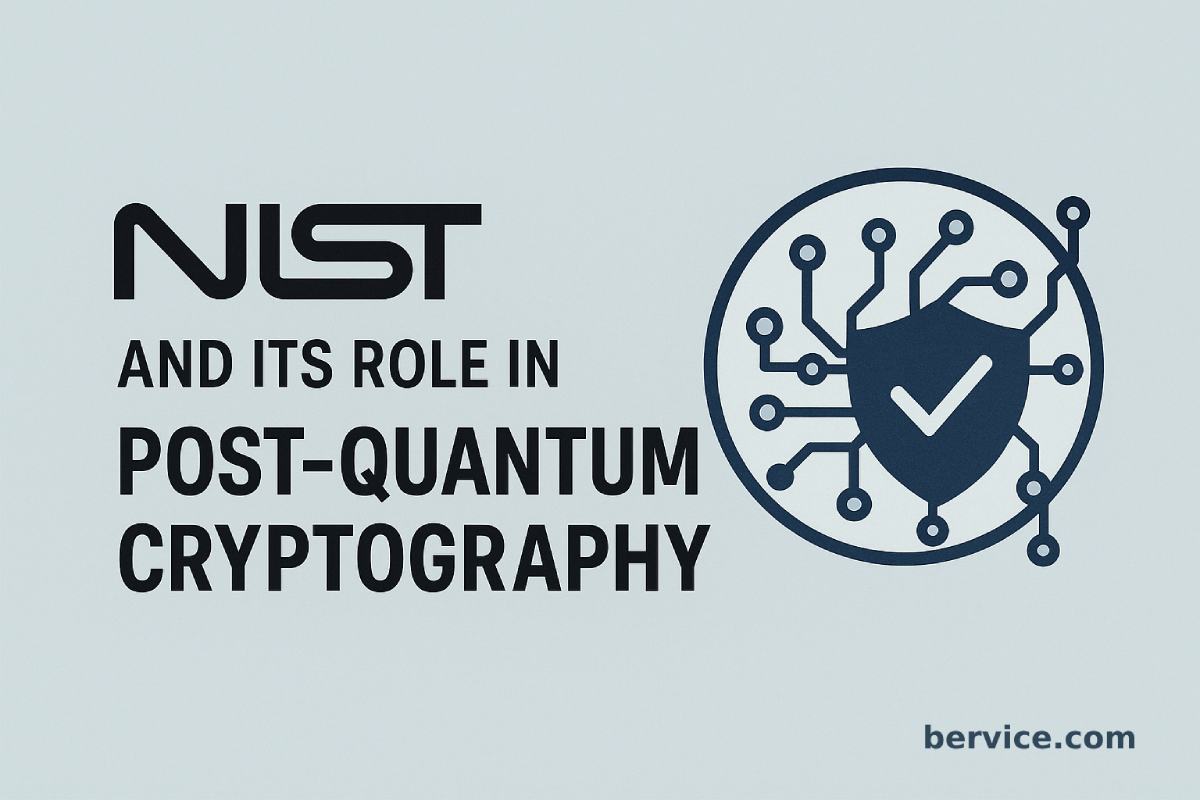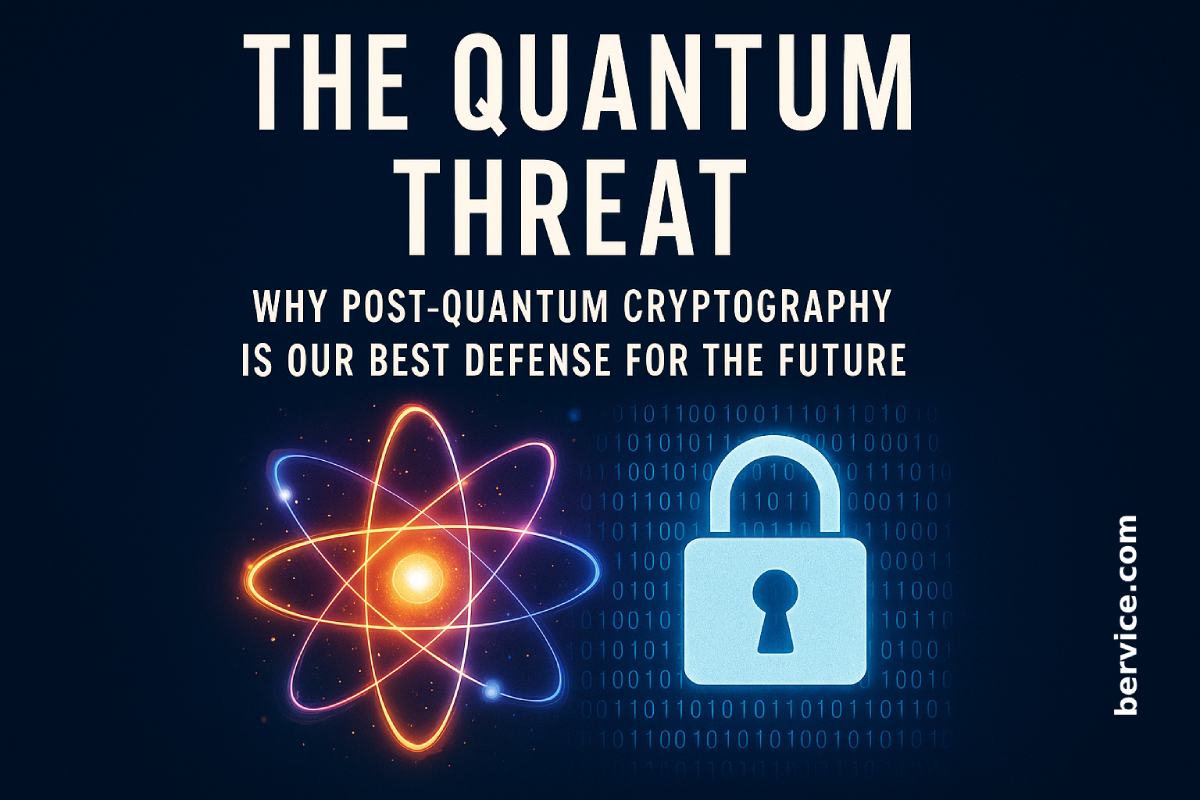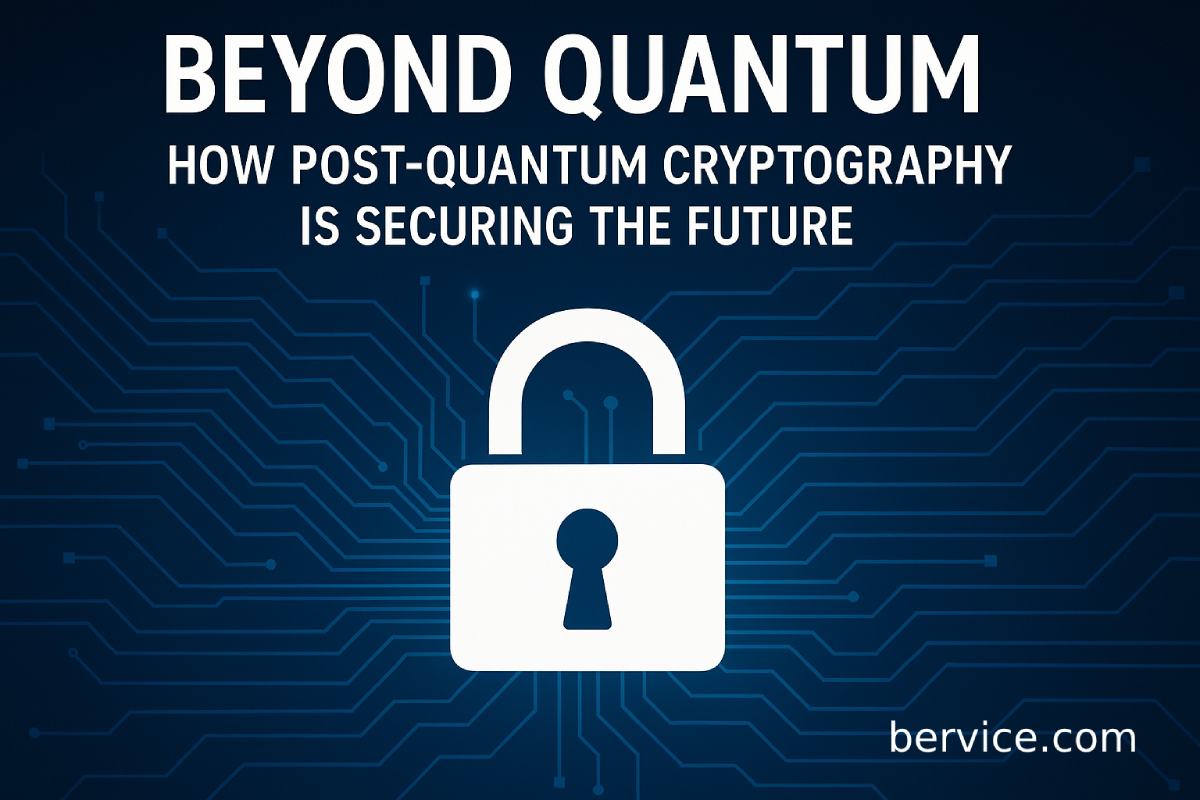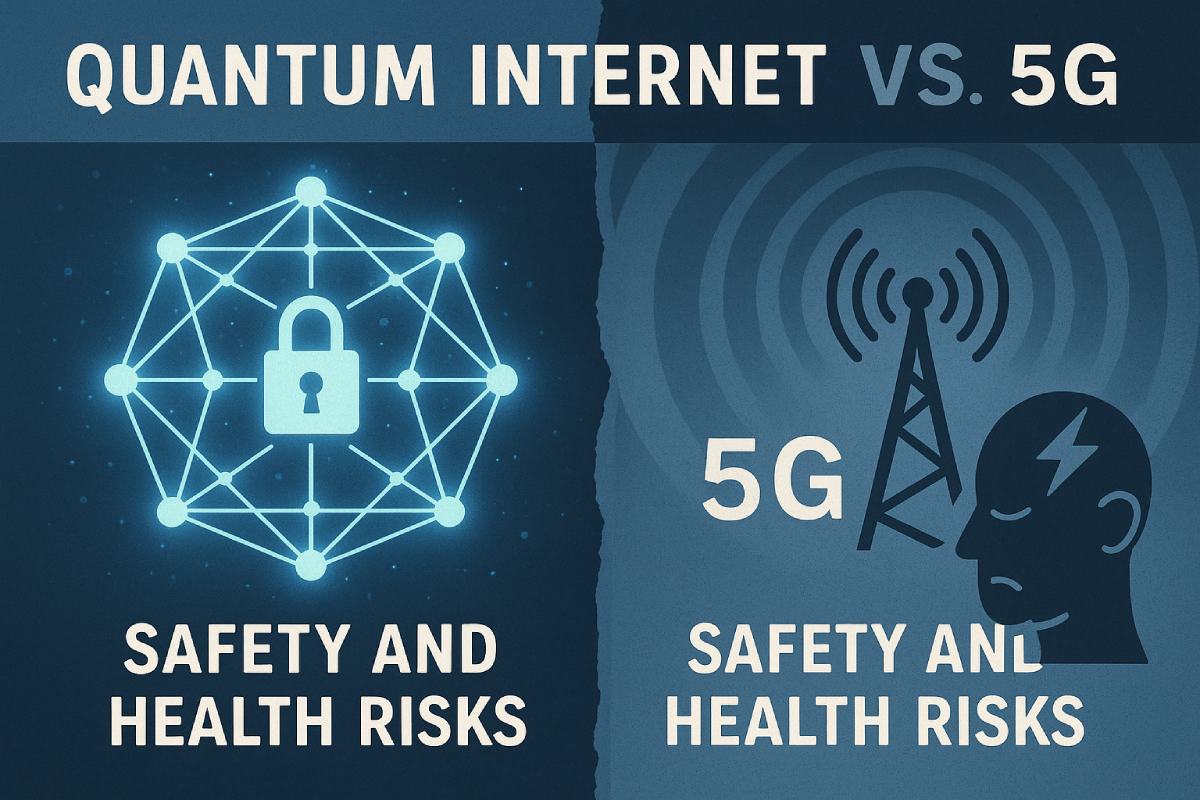
Introduction: Understanding NIST’s Global Importance
The National Institute of Standards and Technology (NIST) is a U.S. federal agency under the Department of Commerce, dedicated to advancing measurement science, standards, and technology. Since its founding in 1901, NIST has played a central role in developing frameworks and standards used across industries—from cybersecurity and cryptography to manufacturing and quantum technology.
In recent years, NIST has taken a lead role in preparing digital infrastructure for the post-quantum era, where traditional cryptographic algorithms are expected to be vulnerable to quantum computers. This has made NIST’s Post-Quantum Cryptography (PQC) Standardization Project one of the most significant global efforts in future-proofing digital security.
The Quantum Threat: Why Current Cryptography Needs an Upgrade
Most of today’s internet security relies on public-key cryptographic algorithms such as RSA, ECC (Elliptic Curve Cryptography), and DH (Diffie–Hellman). These systems are secure under the assumption that certain mathematical problems (like factoring large primes or solving discrete logarithms) are computationally infeasible.
However, quantum computers can efficiently solve these problems using algorithms like Shor’s algorithm, rendering current systems obsolete. Even though large-scale quantum computers do not yet exist, experts warn that sensitive encrypted data stolen today could be decrypted in the future—known as the “harvest now, decrypt later” strategy. Hence, transitioning to quantum-resistant algorithms is crucial.
NIST’s PQC Standardization Process
To address this looming threat, NIST launched a public call for quantum-resistant algorithms in 2016, inviting cryptographers worldwide to submit proposals for new public-key encryption, key encapsulation, and digital signature schemes. The selection process was designed to be transparent, global, and rigorous.
Over the course of multiple rounds, more than 80 candidate algorithms were evaluated on criteria such as:
- Security against both classical and quantum attacks
- Performance in various environments (embedded, cloud, web)
- Key sizes, ciphertext sizes, and speed
- Flexibility and simplicity of implementation
As of July 2022, NIST announced the first group of finalists and standardization selections:
✅ For Key Encapsulation Mechanism (KEM):
- CRYSTALS-Kyber was selected as the primary public-key encryption/KEM standard.
✅ For Digital Signatures:
- CRYSTALS-Dilithium, FALCON, and SPHINCS+ were selected for standardization, with Dilithium as the primary recommendation.
These algorithms are believed to provide strong security guarantees even against powerful quantum computers, while maintaining acceptable performance.
Current Status and Next Steps
NIST released draft standards for Kyber, Dilithium, and SPHINCS+ in August 2023, opening them for public comment. Final publication of these standards is expected in 2024–2025, paving the way for global integration into communication protocols, devices, browsers, and critical infrastructure.
Meanwhile, NIST continues evaluating additional KEM and signature schemes in Round 4 (including BIKE, Classic McEliece, NTRU, and SIKE before it was broken), to ensure diversity and long-term robustness.
Implications for Industry and Developers
Transitioning to PQC will require coordinated effort across the technology ecosystem:
- Software libraries (OpenSSL, BoringSSL, etc.) are integrating PQC algorithms.
- Cloud providers and hardware vendors are preparing for hybrid schemes that combine classical and post-quantum encryption.
- Developers are encouraged to start testing implementations and ensure their systems are algorithm-agile.
NIST has also published guidance through its “Migration to Post-Quantum Cryptography” document (NISTIR 8105), outlining strategies for readiness.
Conclusion
NIST’s work in standardizing post-quantum cryptographic algorithms is critical to securing the future of digital communications. By selecting robust, efficient, and vetted algorithms, NIST is laying the foundation for a quantum-resilient internet. As we approach the quantum era, embracing these new standards early will be key for governments, enterprises, and developers alike.
Connect with us : https://linktr.ee/bervice




